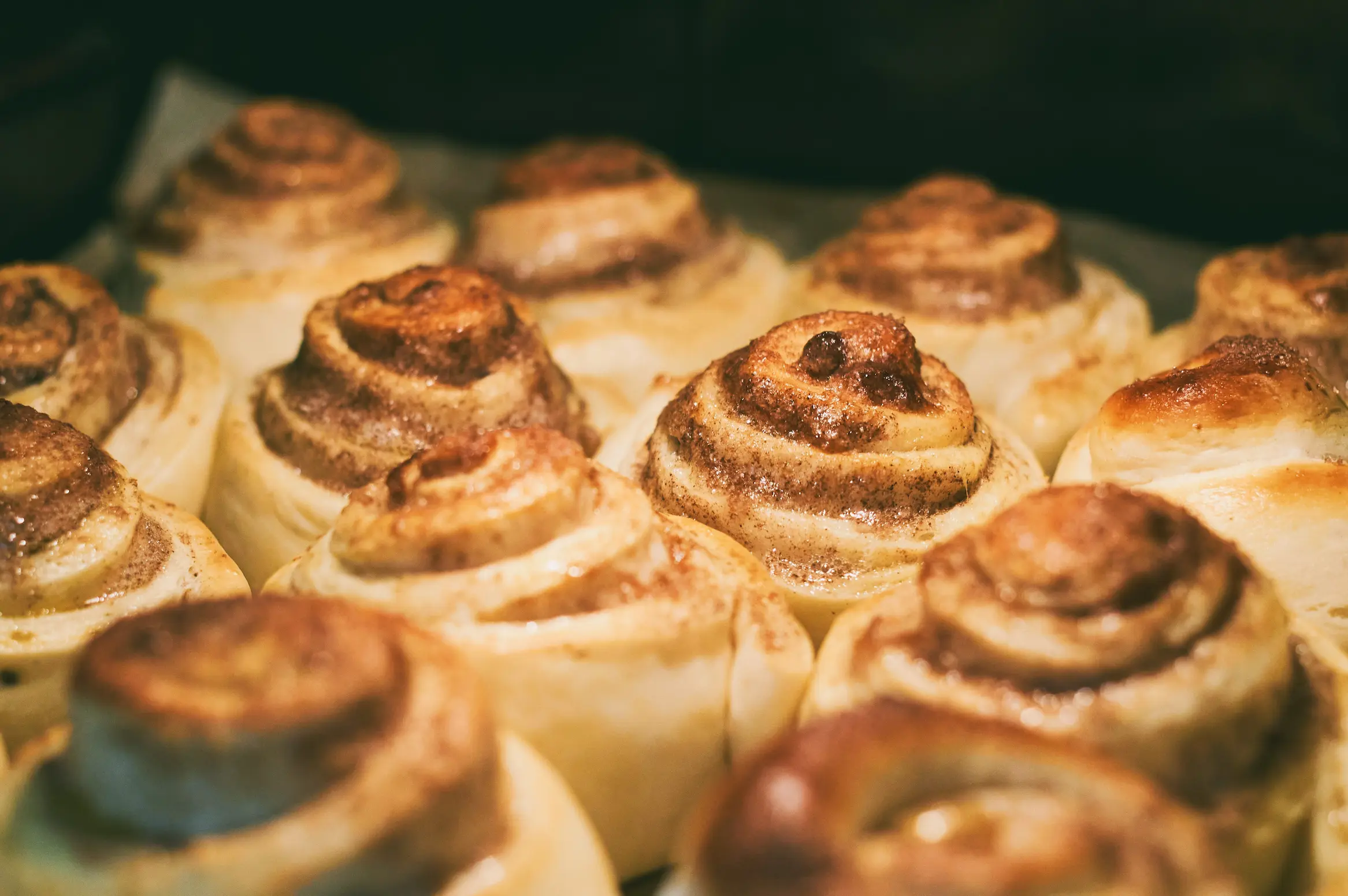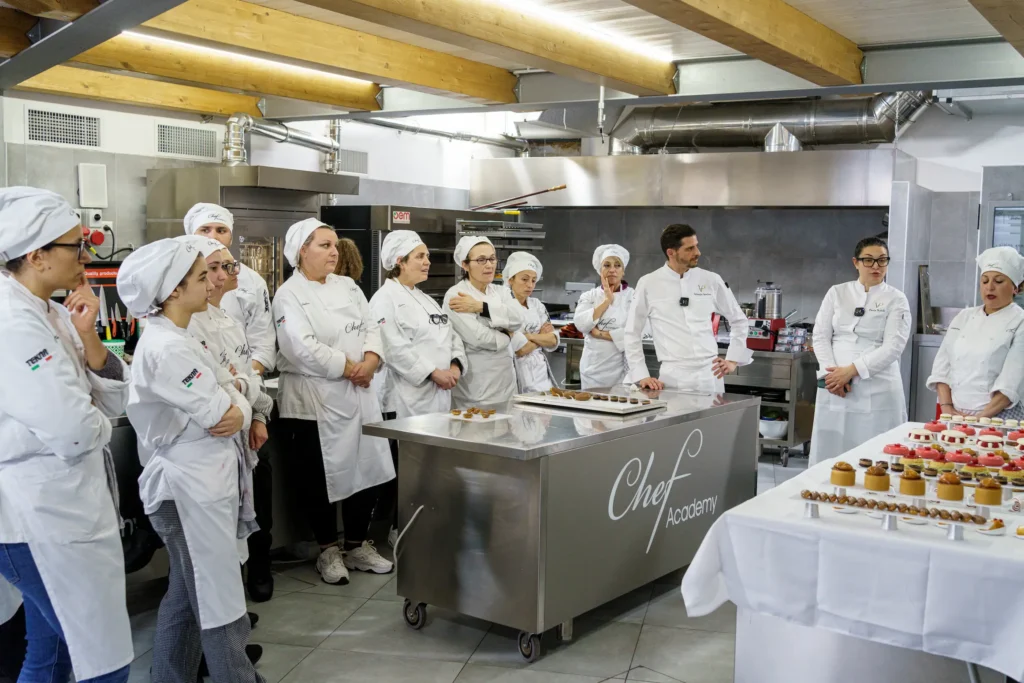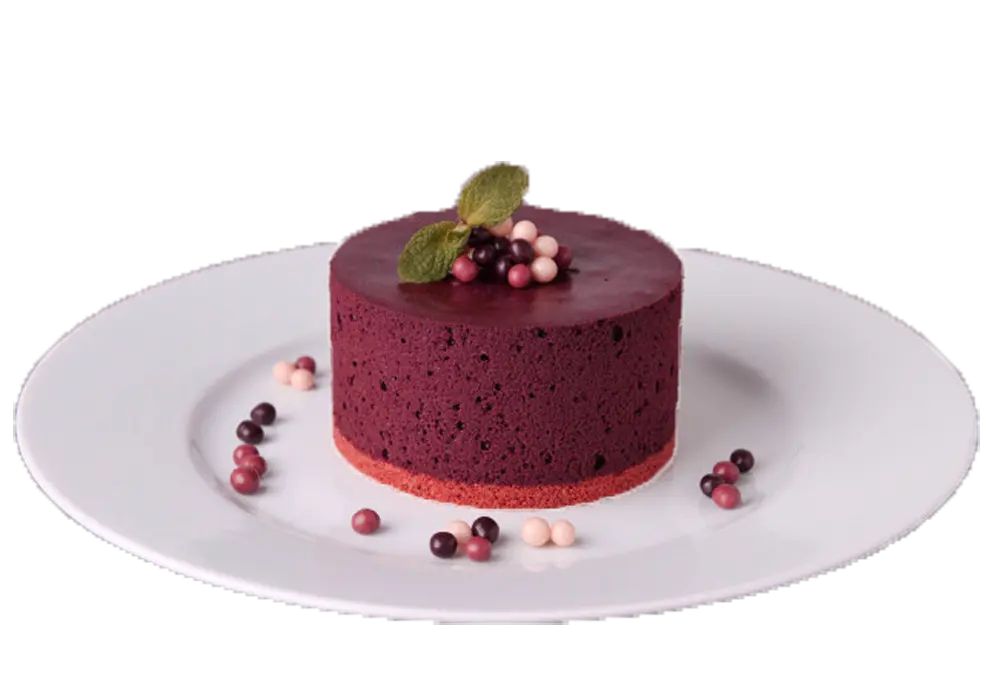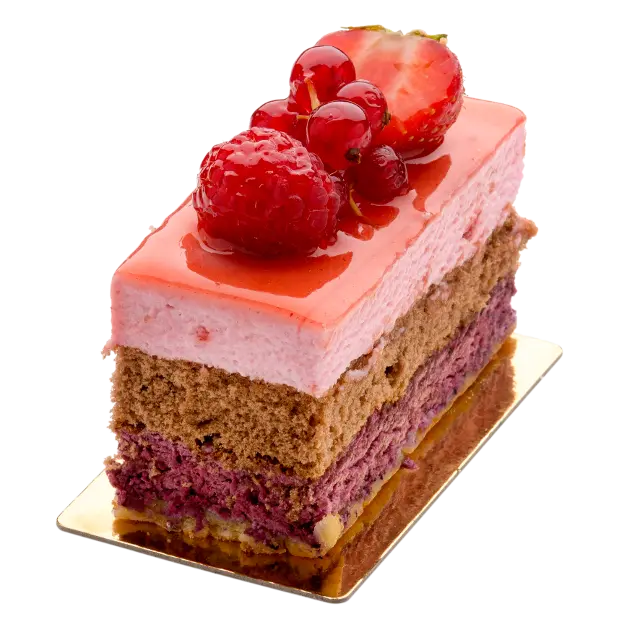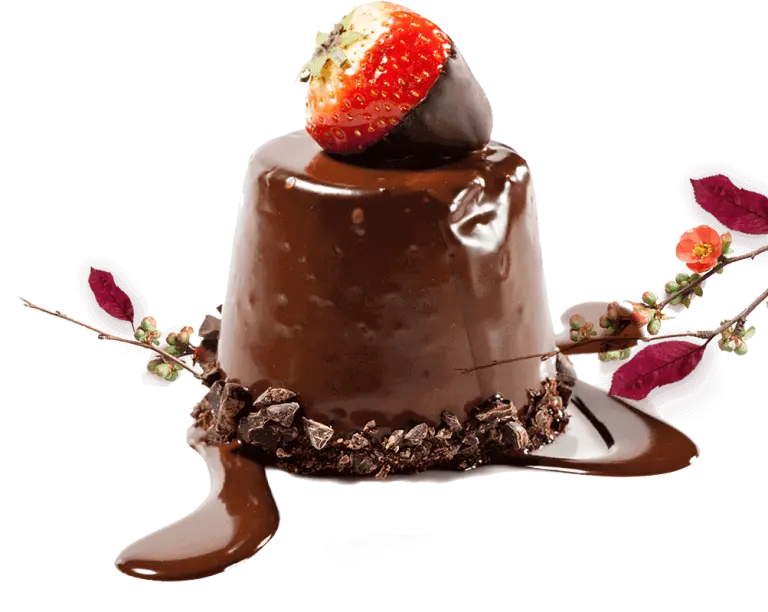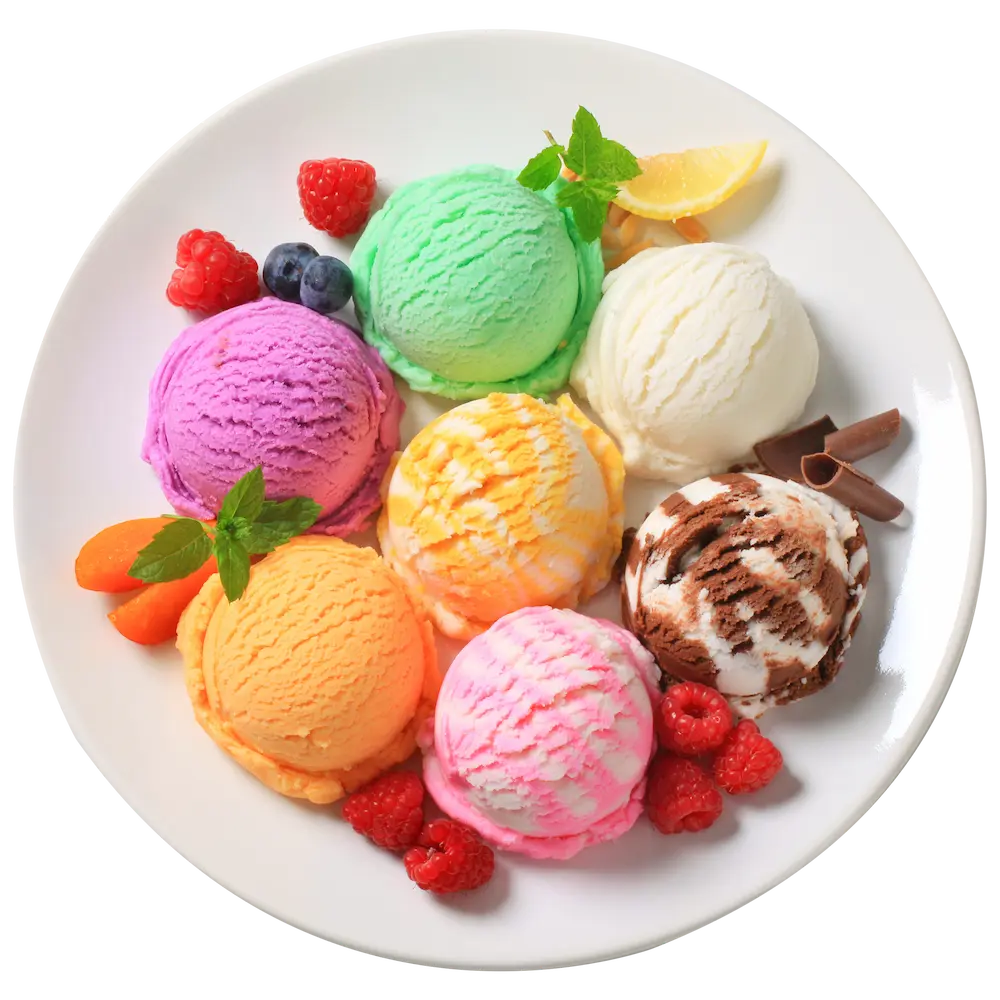Baking is both a science and an art. It’s where chemistry meets creativity, and every little step plays a crucial role in the final outcome. Whether you’re a beginner or a seasoned baker, understanding the key elements of baking can elevate your skills and transform your baked goods from good to exceptional.
The Foundations of Baking
When we talk about baking, we’re really talking about a balance between science and skill. Before you even turn on your oven, the first step in becoming a better baker is understanding the core elements of baking: structure builders, tenderizers, moisteners, and driers. These elements work together to create the perfect balance of texture, flavor, and appearance in your baked goods.
Structure Builders
The role of structure builders is exactly what it sounds like—they provide the structure and body that help baked goods hold their shape. Without them, your cookies, cakes, and breads would collapse into a gooey mess.
The most common structure builders are:
- Flour: Flour is packed with proteins, specifically gluten-forming proteins. When combined with water, these proteins form gluten, a stretchy network that traps air and gives baked goods their framework. Gluten is crucial for breads, but it can be your enemy in cakes and pastries where a lighter texture is desired.
- Eggs: Eggs not only bind ingredients but also contribute to the overall structure when heated. Egg proteins solidify during baking, forming a matrix that supports the product as it rises. This is why cakes made with eggs tend to be moist yet sturdy.
Tenderizers
If structure builders give strength, then tenderizers soften that strength to create a more enjoyable texture. These ingredients interfere with the formation of strong gluten networks, making the final product softer and easier to bite into.
Examples of tenderizers include:
- Sugar: Not only does sugar add sweetness, but it also tenderizes by attracting water and slowing down gluten formation.
- Fats: Butter, oil, and shortening coat proteins and starches, preventing them from forming too much structure. This is why adding butter to cookies gives them that melt-in-your-mouth texture.
Moisteners
Moisture is essential in baking—it hydrates dry ingredients, dissolves others, and activates the essential chemical reactions that create rise and structure. Moisteners are any ingredients that bring moisture into your batter or dough.
Key moisteners in baking are:
- Water: Whether it’s in the form of liquid water or an ingredient like milk or cream, water hydrates ingredients and makes doughs and batters workable. It also plays a crucial role in activating yeast and dissolving sugar and salt.
- Eggs: Eggs also act as moisteners thanks to their high water content, which contributes to the batter’s overall consistency.
Driers
On the flip side, driers are ingredients that absorb moisture and help solidify the final structure of the baked product. These are the components that ensure your cakes aren’t too wet and your breads aren’t soggy.
Common driers include:
- Flour: In addition to building structure, flour is also an excellent drier. Its ability to absorb water helps balance the moisture in your dough or batter.
- Cocoa Powder and Cornstarch: These ingredients also act as driers, helping absorb excess moisture and create a firm structure.
Step-by-Step Guide to the Baking Process
Now that we’ve covered the essential elements, let’s look at how these components come together in the actual baking process. Understanding each step and its purpose will give you more control over your baking, helping you troubleshoot and perfect your recipes.
Step 1: Mixing
Mixing is the first step after preparing your ingredients. But mixing isn’t just about throwing everything into a bowl and stirring. The way you mix has a big impact on the final texture and structure of your baked goods.
- Even Distribution: Mixing ensures that all ingredients are evenly distributed throughout the batter or dough, which is crucial for consistent flavor and texture.
- Incorporating Air: As you mix, you’re also incorporating air into the mixture, which helps create a lighter texture. This is especially important in cakes, where air bubbles expand in the oven, making the cake rise.
Different mixing techniques can produce different results. For example, over-mixing a cake batter can lead to too much gluten formation, making the cake dense and chewy. On the other hand, under-mixing bread dough might result in poor gluten development, leading to a flat loaf.
Step 2: Baking
Baking is where the magic happens. But behind that delicious aroma and golden crust, a series of complex chemical reactions are unfolding.
- Fats Melt: As the temperature rises, fats like butter and shortening begin to melt. This process releases steam, which contributes to leavening (the rising of the dough or batter).
- Gases Expand: Water turns to steam and carbon dioxide from leavening agents like baking powder or yeast expands, causing the dough or batter to rise.
- Proteins and Starches Set: As the heat continues to penetrate, egg and gluten proteins coagulate, providing the final structure of your baked good. Starches in the flour also gelatinize, trapping moisture and helping the product hold its shape.
The baking time and temperature are critical here. Too hot, and the outside will burn before the inside is fully cooked. Too low, and the product may collapse as the structure hasn’t fully set.
Step 3: Cooling
Once your product is out of the oven, it’s tempting to dig right in. But cooling is a crucial part of the baking process, allowing the structure to set fully.
- Gases Contract: As the product cools, the gases that helped it rise will contract, leaving behind a stable structure.
- Moisture Redistributes: Cooling allows the moisture in your baked goods to redistribute evenly. This is especially important in bread, where a too-quick cut could release all the steam, leaving a dry interior.
- Crust Formation: As the moisture evaporates, a crunchy crust develops on the outside of bread or pastries, adding texture and flavor.
Common Baking Mistakes (and How to Avoid Them)
Even with all the knowledge in the world, baking can sometimes go wrong. Here are a few common baking mistakes and how to avoid them:
- Overmixing: Too much mixing can lead to tough, dense cakes. Mix until just combined for the best texture.
- Incorrect Oven Temperature: Always preheat your oven and use an oven thermometer to ensure the temperature is accurate.
- Opening the Oven Door: Opening the door too early can cause the temperature to drop, leading to a collapsed cake or undercooked cookies.
- Skipping Cooling: Always let your baked goods cool before slicing or frosting. This prevents them from falling apart and allows the flavors to develop.
The Science of Baking: Why It Matters
Baking is often compared to chemistry, and for good reason. The way ingredients interact with each other and respond to heat is essential to achieving the perfect result. By understanding the elements of baking and how they function, you’re not just following a recipe—you’re mastering a craft.
When you know that fats melt and expand, creating steam that helps your dough rise, or that proteins and starches set to create structure, you can start to tweak and adjust your recipes with confidence. Want a fluffier cake? Add a bit more tenderizer, like sugar or fat. Need a sturdier loaf of bread? Increase the structure builders like flour or eggs.
Final Thoughts
Baking is a beautiful blend of art and science. It requires patience, precision, and a love for experimentation. By mastering the elements of baking—structure builders, tenderizers, moisteners, and driers—you’ll be well on your way to creating baked goods that are as delicious as they are impressive.
Whether you’re whipping up a batch of cookies, crafting the perfect cake, or kneading a loaf of bread, remember that every ingredient plays its part. Happy baking!
Photo by David Köhler on Unsplash